Tourism will never stop, but this is why numerous major tourist spots will.
It’s on everyone’s bucket list to visit travel destinations like Venice and Pompeii ,and their beauty and awe factor mean it’s no surprise why some spots get more attention than others.
However, the vast amounts of tourists accumulated over time have actually left a pretty big dent at some iconic places. Now, whilst travelling is still not allowed in Australia, this can be a great time to brush up on some research and be aware on how to be more respectful next time going overseas to preserve and save sacred and ancient artefacts.
Machu Picchu, Cusco, Peru
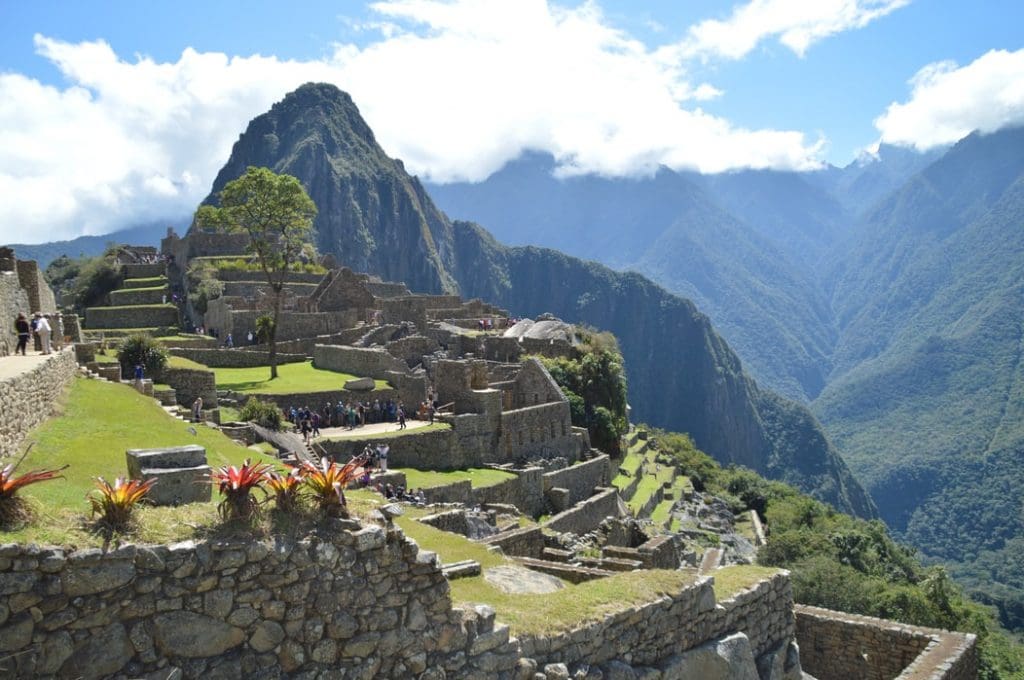
This ‘hidden’ ancient Inca village is not so hidden. These days over-crowding is putting the site in danger, including landslides and an increase of litter.
As a result, the Ministry of Culture in Cusco approved the “Regulation on Sustainable Use and Tourist Visits for the Conservation of Llaqta of Machu Picchu” and created new 2020 Machu Picchu rules aimed to limit tourist numbers.
To avoid a disruption in flow amongst visitors, selfie sticks, tripods, mono-pods or extensions for cameras, cell phones or any other stabilizing equipment or extension for filming and/or photography are banned of use on the site, unless authorized by the Department of Culture of Cusco.
However, even with the new measures, tourists still continue to be disrespectful. At the start of 2020, 6 tourists were arrested as human fecal were found inside the sacred Temple of the Sun.
Cuba
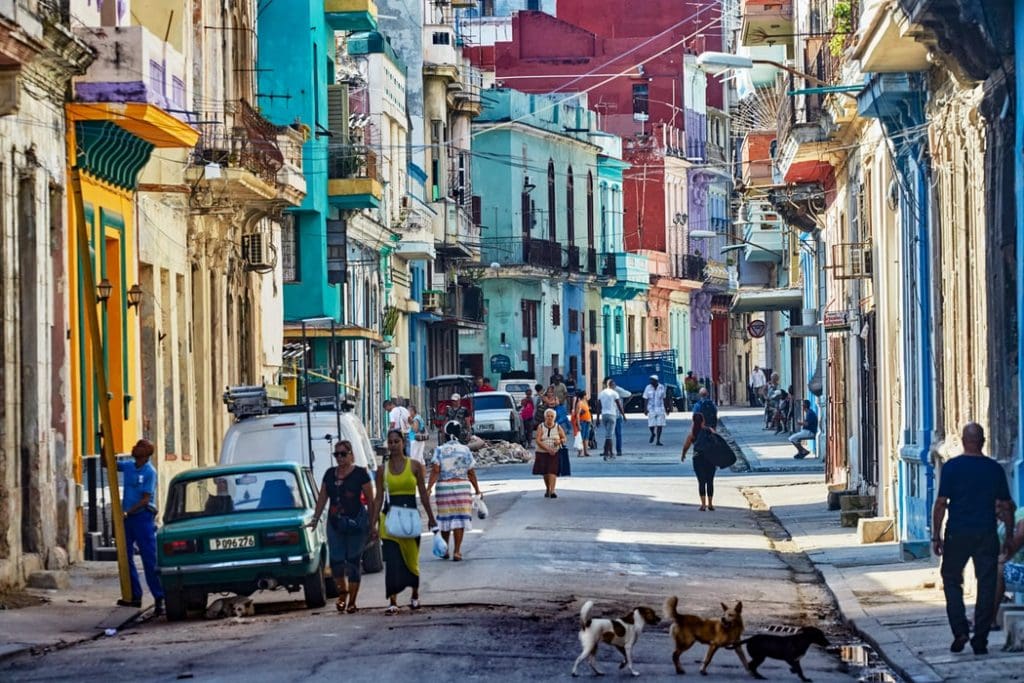
In 2016, Cuba suffered food shortage due to the growth of tourism. Cuba already was going through a supply scare and now due to Covid, tourism and the economy is also hurting.
Privately-owned restaurants were in demand of supplies to cater for tourists, such as onions, green peppers, and avocados, leaving behind nothing for local residents and state-run markets.
And it doesn’t help that the privately-owned restaurants can’t import food and equipment overseas as the government is yet to allow it.
Prior to the reforms in 2011, restaurants were state-owned and operated where there were only 100 restaurants, as opposed to now where more than 1,600 are on the island.
As a result, the government placed price caps for locals to afford necessities which apply to both state-run companies and private sector corporations, farmers, small businesses and self-employed individuals.
Boracay, Philippines
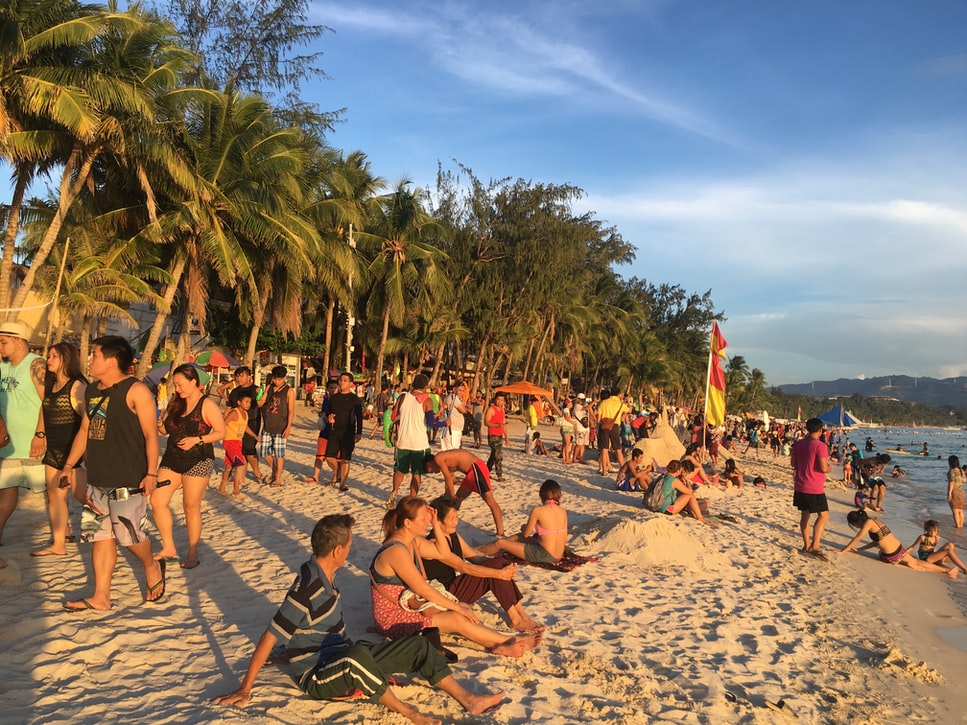
In April 2018, President of the Philippines, Rodrigo Duterte, temporarily closed the island for a few months as a result of poor waste and sewage systems.
What was once named the ‘world’s best trip’ by Travel + Leisure, the tourist destination quickly became the epitome of over-tourism.
The small island saw about 1.2 million visitors in 2012 alone and continued to grow over the next few years. The island therefore, had too many hotels and buildings to uphold issues such as sewage, sanitation, garbage, and pollution.
Not to mention the reefs suffered illegal fishing, pollution, and unmonitored snorkelling, in which coral cover in Boracay declined by about 70.5% in a span of 23 years.
The island did open back up in 2019 after a long rehabilitation period which introduced new and refined rulesincluding, Only 19,000 tourists are welcome to stay on the island at any given time, no smoking or alcoholic beverages along White Beach (main beach area of Boracay),and beachfront parties are now banned.
Venice, Italy
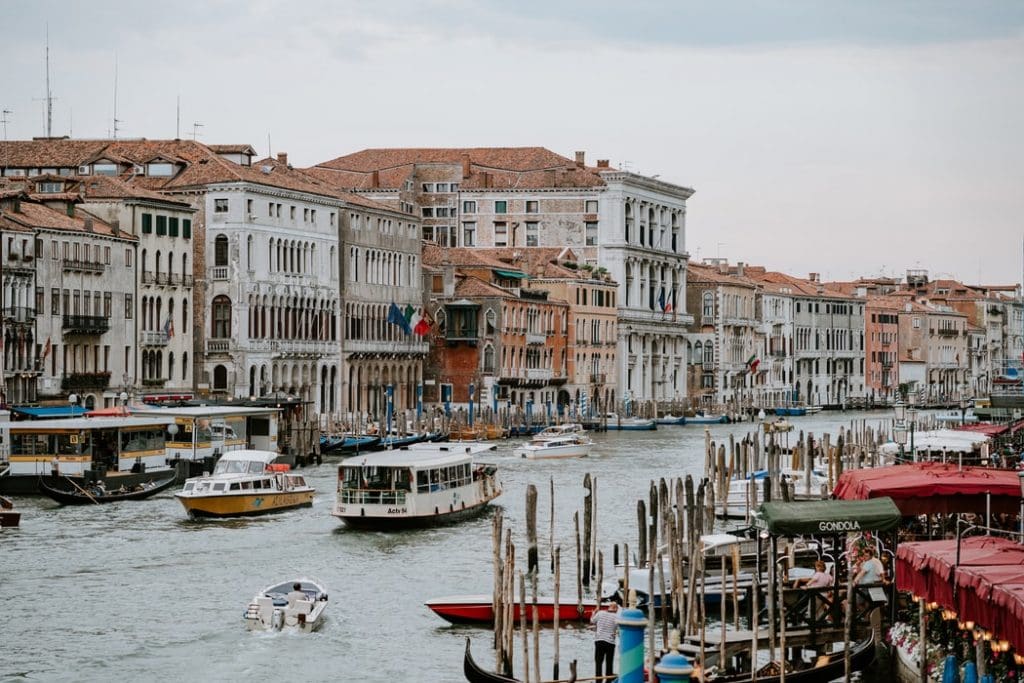
Venice saw a wave of protestors in 2017 of about 2,000 local residents protesting against the rise of tourism.
They walked the streets of Lagoon City using the slogan ‘Mi no vado via’, translating as ‘I’m not leaving’ in the local dialect, in which they demanded better housing, services and opportunities for the residents, due to Venice being ‘sold away’ to tourism.
Due to the popularity of Venice as a tourist destination, local rent has been pushed up as well as hotels and Airbnb apartments have taken over public buildings and housing.
Further, pollution has become a major issue due to massive cruise ships that dock in the lagoon and the danger of high water due to the rise of high tides caused by motorboats.
UNESCO World Heritage has also spoken out of their concern for the city’s local decline saying:
“The exceptionally high tourism pressure on the city of Venice has resulted in a partial functional transformation…this includes functional transformation of Venice and the lagoon historic centres caused by replacements of residents’ houses with accommodation and commercial activities and services to the residence with tourism-related activities that endanger the identity and the cultural and social integrity of the property”.
Pompeii, Italy
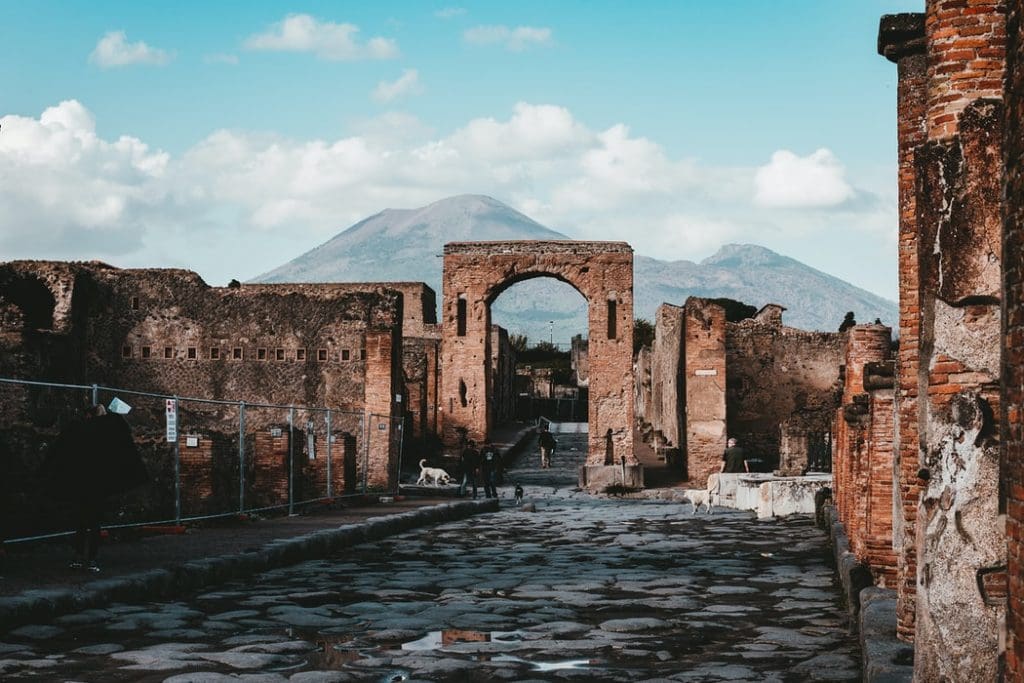
Another iconic yet dying Italian tourist spot, the city of Pompeii carries a rich history of the horrific eruption that occurred in 79AD.
The ancient site is visited by about 3 million visitors every year, in contrast to its neighbouring sites – Herculaneum receives 300,000 visits annually and the Villa Poppea only 30,000.
Due to the mass number of visitors, Pompeii has experienced it all; stolen artefacts, collapsed walls, damaged property due to tourists and lack of adequate management and coordination.
As a result, in 2012 the Italian government initiated ‘The Great Pompeii Project’ to aim to enhance the effectiveness of the actions and interventions to protect, conserve, maintain and restore the archaeological area.
Big Major Cay Islands, Bahamas
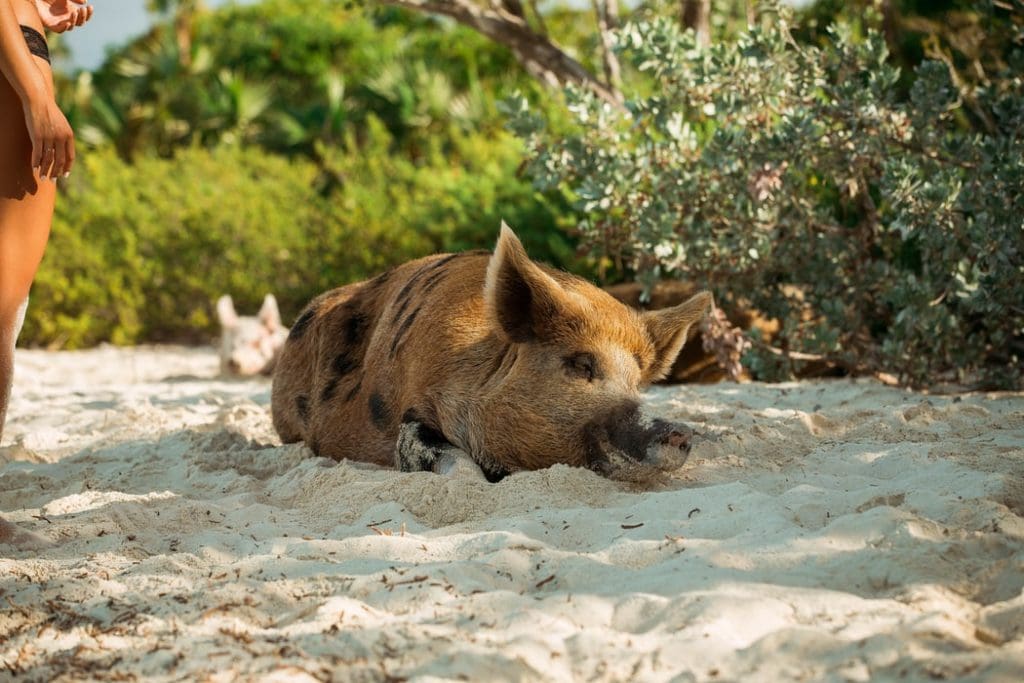
The Big Major Cay, or as others know it as ‘Pig Beach’, in the Bahamas is unique being the only inhabitants of the island are wild pigs that have become accustomed to swimming in the sea.
It’s clear why this island catches the eyes of tourists.
In 2017 however, numerous pigs were mysteriously found dead. It’s speculated that tourists are at the centre of the problem.
According to Wayde Nixon, a Bahamas resident who own the pigs, says that tourists are feeding the pigs food that are potentially poisonous, “We have people coming there giving the pigs beer, rum, riding on top of them, all kind of stuff”.
The Bahamas government then restricted tourists from feeding the pigs and the Bahamas’ Ministry of Tourism is establishing a safe viewing distance between visitors and the pigs for people to take photos with the wild animals but also to keep them protected.
The biggest take away is to be respectful to the locals and their property. It won’t hurt to do some research on the do’s and don’t’s in that specific country. It’s easy to forget how cultures differ and sometimes things we consider ‘normal’ is unusual to others. This awareness will save beautiful tourists spots.

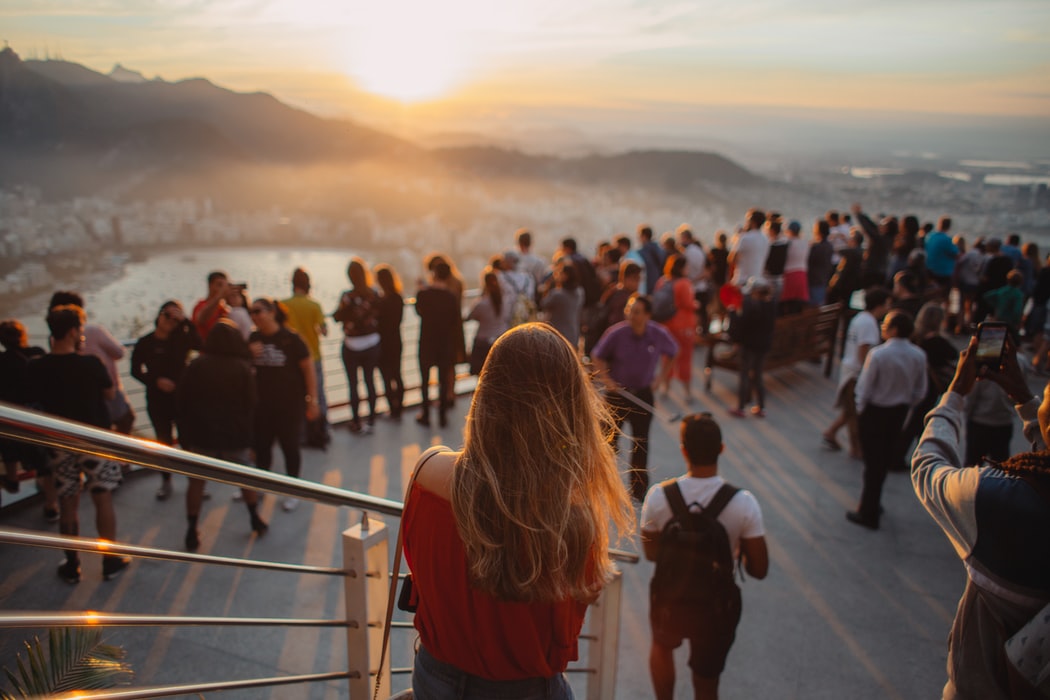
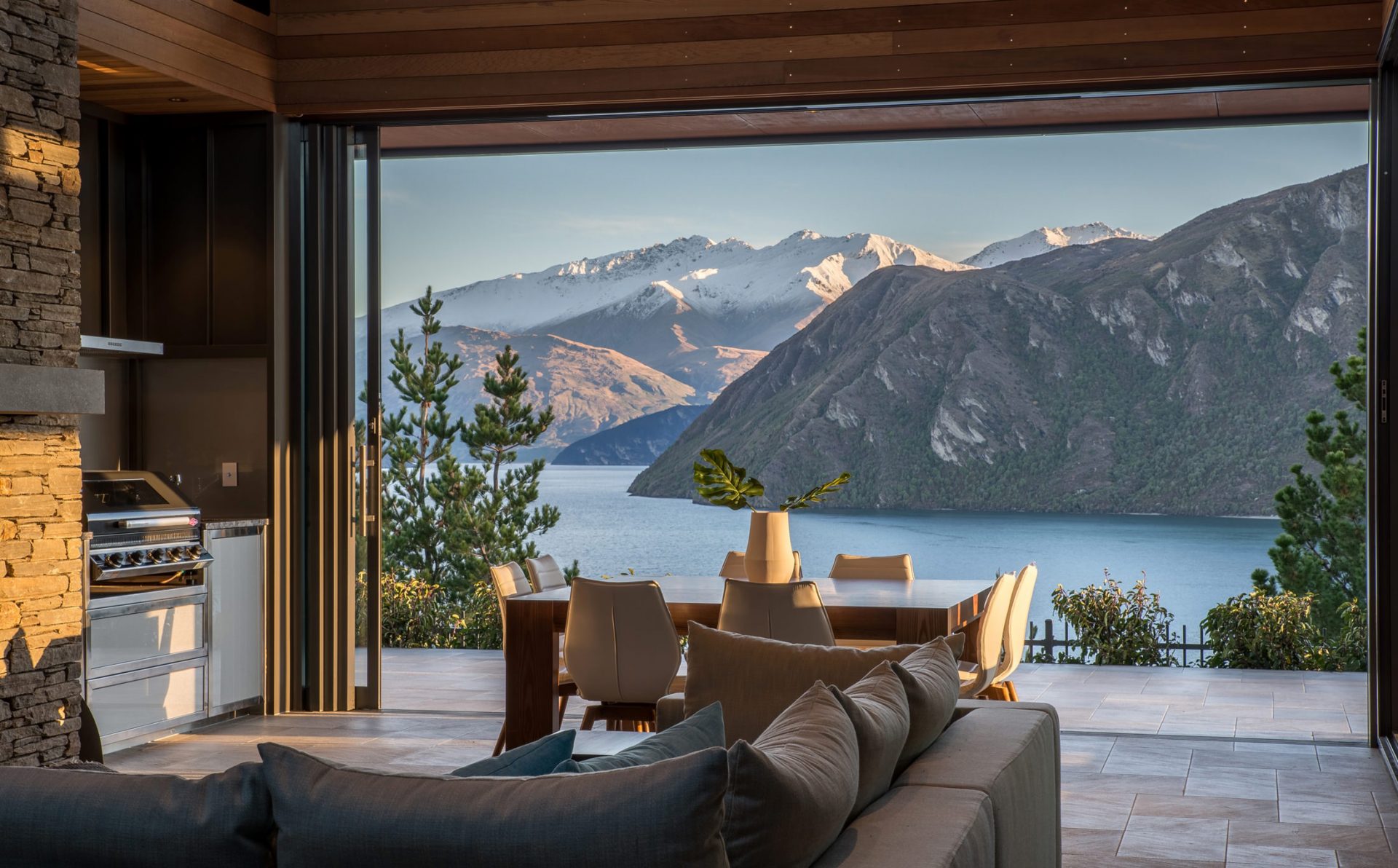
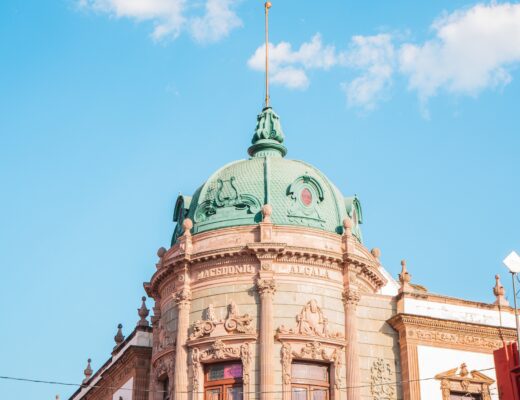

No Comments